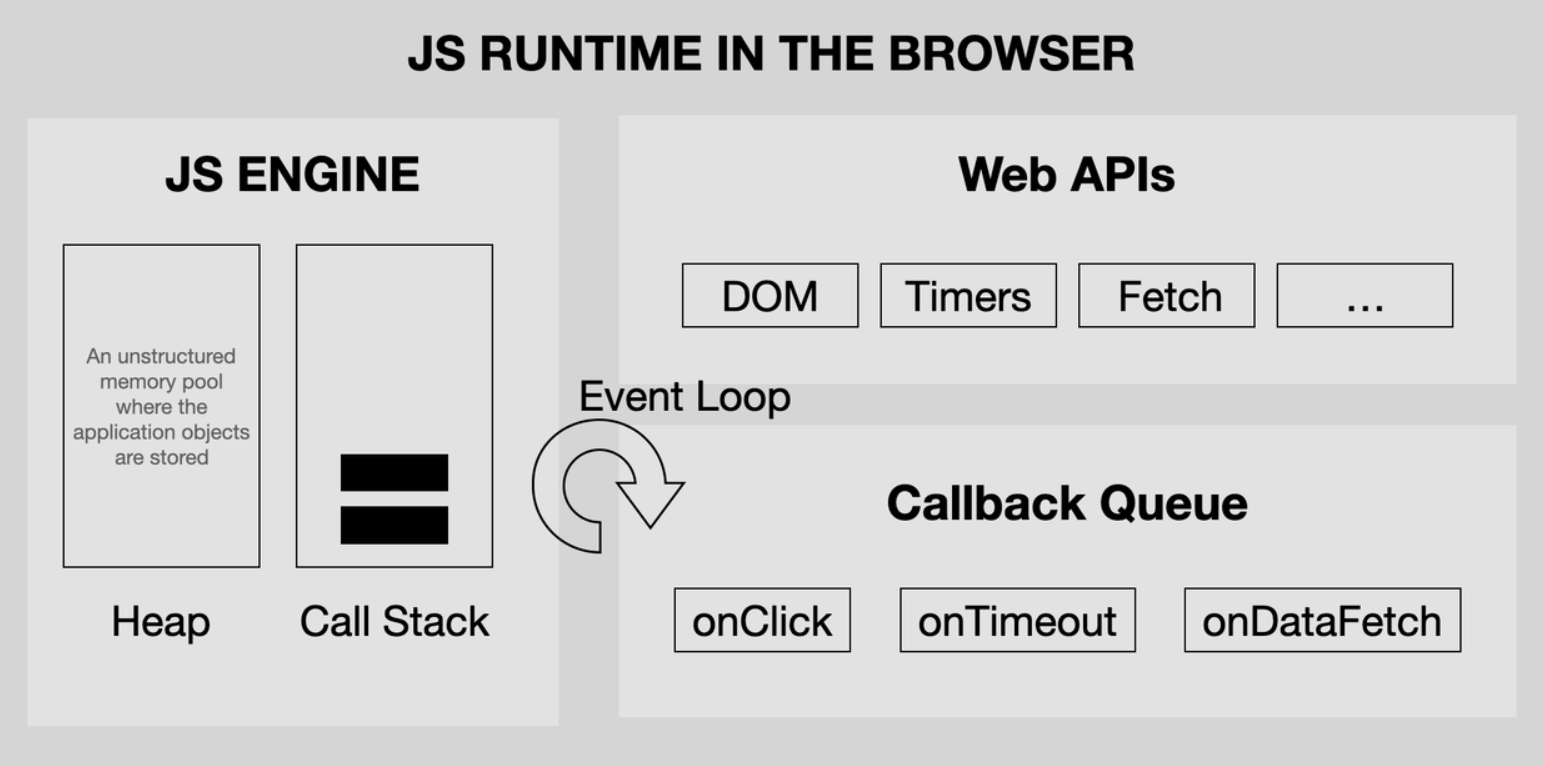Understanding the differences between Node runtime vs browser runtime is essential for anyone interested in web development. Both environments execute JavaScript, but they serve different purposes and operate in unique ways. Let’s dive into their differences, functionalities, and real-world applications!
What is a Runtime?
A runtime is an environment where code is executed. It provides the necessary tools and libraries to run programs.
Node.js Runtime
Node.js is an open-source, cross-platform runtime environment built on Chrome’s V8 JavaScript engine. It allows developers to run JavaScript on the server side, outside of a web browser. This means you can create backend applications, APIs, and even real-time applications like chat services using Node.js.

Browser Runtime
On the other hand, a browser runtime is the environment where web pages are rendered and scripts are executed. Browsers like Chrome, Firefox, and Safari interpret HTML, CSS, and JavaScript to display websites. The browser provides a graphical user interface (GUI) that users interact with directly.

Differences Between Node.js and Browser Runtimes
Let’s explore some key differences between Node.js and browser runtimes:
1. Execution Environment
- Node.js: Executes JavaScript on the server-side without a graphical interface.
- Browser: Executes JavaScript within the client-side environment with a GUI for user interaction.
2. User Interface
- Node.js: Uses a command line interface (CLI) for interaction.
- Browser: Provides a rich graphical user interface (GUI) that allows users to interact with web content.
3. Usage
- Node.js: Primarily used for server-side programming to build web servers and APIs.
- Browser: Used for client-side scripting to make web pages dynamic and interactive.
4. Architecture
| Feature | Node.js | Browser |
|---|---|---|
| Engine | Built on V8 JavaScript engine | Contains a rendering engine alongside a JS engine |
| DOM Support | No DOM support | Provides Document Object Model (DOM) |
| Module System | Supports CommonJS and ES modules | Primarily uses ES modules |
Real-World Examples
Node.js Example: Building APIs
Imagine you want to create an application that fetches data from a database when a user clicks a button. Using Node.js, you can set up an API that responds to these requests without waiting for data to return before proceeding with other tasks.
const express = require('express');
const app = express();
app.get('/data', (req, res) => {
res.json({ message: "Hello from Node.js!" });
});
app.listen(3000, () => {
console.log("Server running on port 3000");
});
Browser Example: Form Validation
In a web browser, you might want to validate user input in a form before it’s submitted. Here’s how you can do it:
<form id="myForm">
<input type="text" id="name" required>
<input type="submit" value="Submit">
</form>
<script>
document.getElementById('myForm').onsubmit = function() {
const name = document.getElementById('name').value;
if (!name) {
alert("Name is required!");
return false; // Prevent form submission
}
return true; // Allow form submission
};
</script>
Conclusion
In summary, both Node.js and browsers are essential in the world of web development but serve different roles.
- Node.js is great for building backend applications where performance and scalability are crucial.
- Browsers excel at rendering content and providing an interactive experience for users.
Understanding these differences helps developers choose the right tool for their projects. Whether you’re building APIs or creating dynamic web pages, knowing when to use each environment is key!












